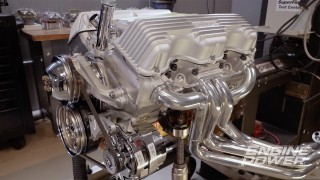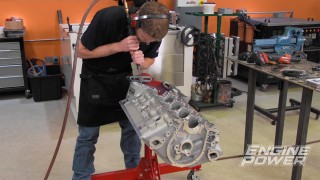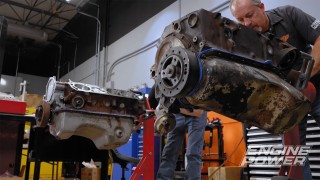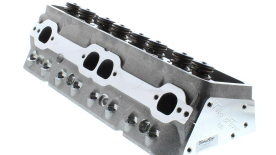Engine Power Featured Projects
Engine Power Builds
Want more content like this?
Join the PowerNation Email NewsletterParts Used In This Episode
ARP
ARP Fasteners
ARP
Rocker Arm Studs
Callies
Compstar Connecting Rods
Callies
Compstar Crankshaft
Comp Cams
Conical Valve Springs
Comp Cams
Endure-X Solid Roller Lifters
Comp Cams
Keyway Adjustable Billet Timing Set
Comp Cams
Ultra Pro Magnum XD Roller Rocker Arms
CWT Industries
Multi-Bal 5500
DSS Racing
Piston Rings
DSS Racing
Small Block Chevy FXK2 Series Piston Set
Edelbrock
Victor E 23 Degree Intake Manifold
Fluidampr
Harmonic Balancer
Holley
MSD Pro-Billet Distributor
Holley
Quick Fuel Q-Series Carburetor 950CFM
Lubrication Specialties
Hot Shot's Secret Adrenaline Assembly Lubricant
MSC
Vectrax Milling Machine











































